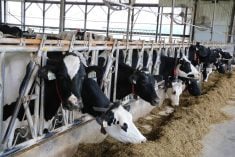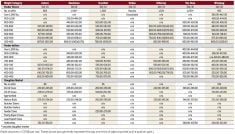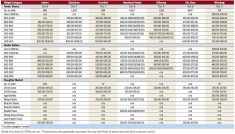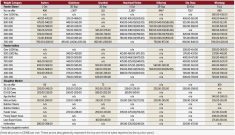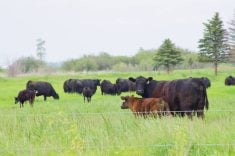The push to create a water commission for the Assiniboine River Basin is gaining momentum following the catastrophic flooding in western Manitoba and eastern Saskatchewan this spring.
“This ongoing (flooding) event has certainly heightened awareness of the need for a basin-wide agency,” said Wanda McFadyen, who was hired by the Prairie Improvement Network to manage the Assiniboine River Basin Initiative (ARBI.)
PIN started the process last fall by pulling together representatives of municipalities and counties, conservation-, water-, agricultural- and science-based organizations as well as government departments from Manitoba, Saskatchewan and North Dakota.
Read Also
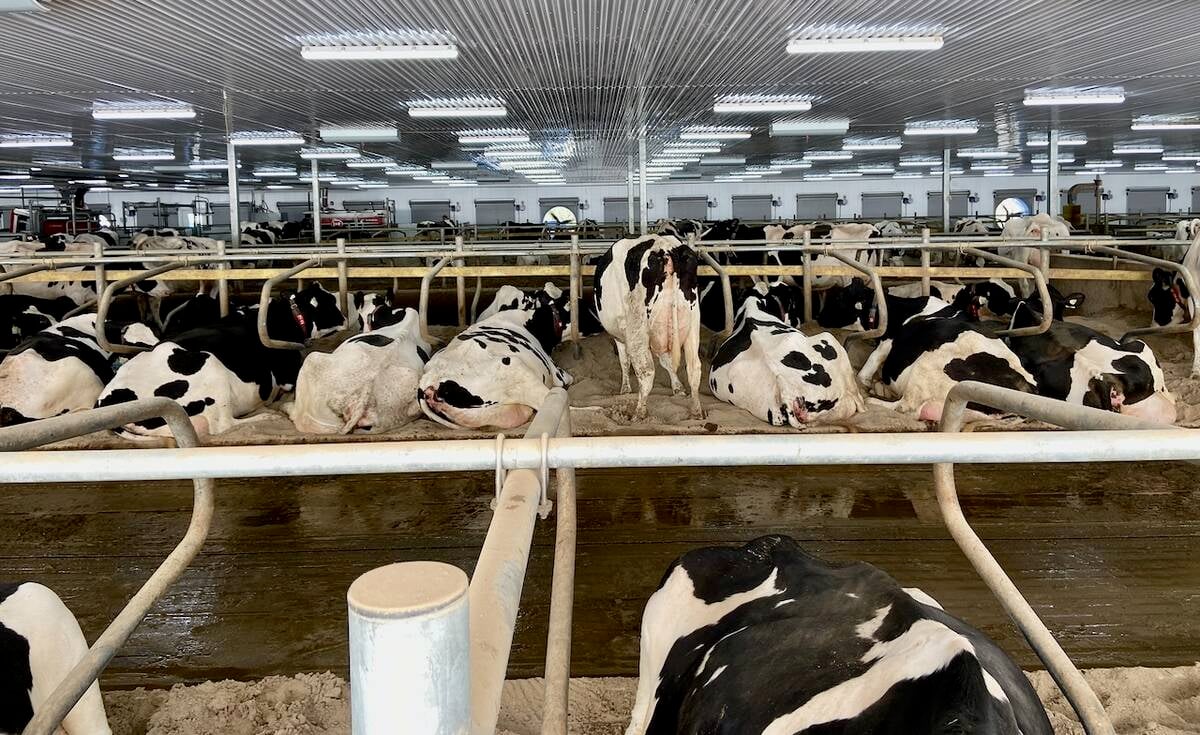
Lactanet moves to monthly on dairy genetic reports
Lactanet is now publishing monthly dairy genetic evaluations, giving dairy farmers more up-to-date data to make breeding decisions.
Participants in a one-day workshop in Virden earlier this spring showed strong support for the idea. A planning committee is now in a second phase toward forming the cross-jurisdictional, multi-stakeholder organization. This spring’s events have underscored the need for it.
“We felt this was an ideal time for this, but never foreseeing the events that are going on at this point,” said McFadyen.
Meetings
The committee will meet again in Minot in early August to develop a governance model and a membership structure to be presented when stakeholders reconvene again at a Regina conference planned for November 12 to 14, 2014.
At that time they aim to formalize the organization and map out priorities. The key role of the ARB will be serving as a catalyst for collaboration.
“Our goal, through the work we are doing with the ARBI planning committee, is to bring together stakeholders across all three jurisdictions to develop an effective organization to work co-operatively in this area,” said Dr. Allan Preston, PIN board member and the ARBI’s interim chair in a news release.
An interim executive committee formed following the Virden meeting includes Patrick Fridgen of the North Dakota State Water Commission, Aron Hershmiller of the Saskatchewan Assiniboine Watershed Stewards Association, Dan Mazier of the Keystone Agricultural Producers and Heather Dalgleish of Manitoba Conservation Districts Association.
PIN has also brought in Lance Yohe, former executive director of the Red River Basin Commission to serve as its senior adviser.
The initiative is gaining support from municipal leaders and their respective associations.
Rick Plaisier, reeve of the RM of Sifton is also co-chair of the Southwest Flood Strategy Committee representing 35 municipalities in Manitoba.
Their group is “very encouraged” to see the ARBI advancing, he said. Their own committee has long called for recognizing how inflows of water from Saskatchewan are worsening, he said.
The Assiniboine River runs directly through the RM of Sifton, which has been especially hard hit by flooding in spring and again this summer.
“We look forward to that meeting in November and we’ll support that commission 100 per cent,” Plaisier said. “We feel that all the partners, whether they be from the States, or Saskatchewan, or Manitoba and the various stakeholders, whether they be DU or KAP, beef producers… need to sit down to talk about a solution that will be satisfactory to all.”
Priority
PIN also has meetings planned with several government departments, elected officials, as well as other agencies and stakeholders this summer.
Earlier this month Larry Maguire (MP — Brandon–Souris) in an address to Keystone Agricultural Producers also called on the governments of Manitoba, Saskatchewan and North Dakota to get behind the advancement of the Assiniboine River Basin Commission.
“I call on our leaders to make this initiative a priority of their governments and I cannot stress enough the need for all parties to be at the table,” he said.
Maguire also vowed to help the commission get established.
The Assiniboine River Basin encompasses the Assiniboine River as well as the Souris and Qu’Appelle rivers and their tributaries and crosses over Saskatchewan and Manitoba — and North Dakota. At its end point, the Assiniboine River Basin joins the Red River in Winnipeg, as well as having waters diverted through the Portage Diversion into Lake Manitoba, with the final outflow of both being Lake Winnipeg.
More information about the ARB initiative is found on the Prairie Improvement Network website.





